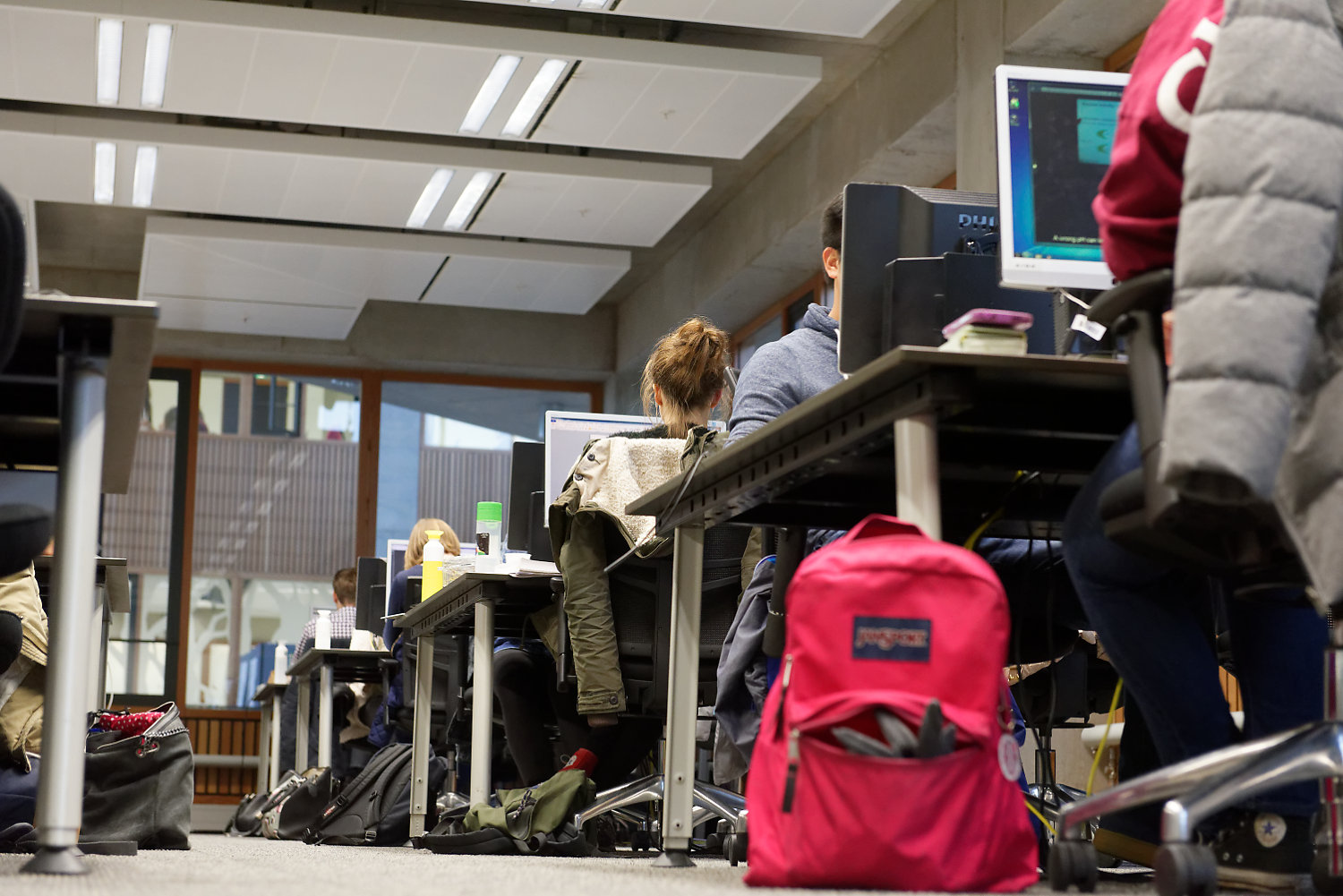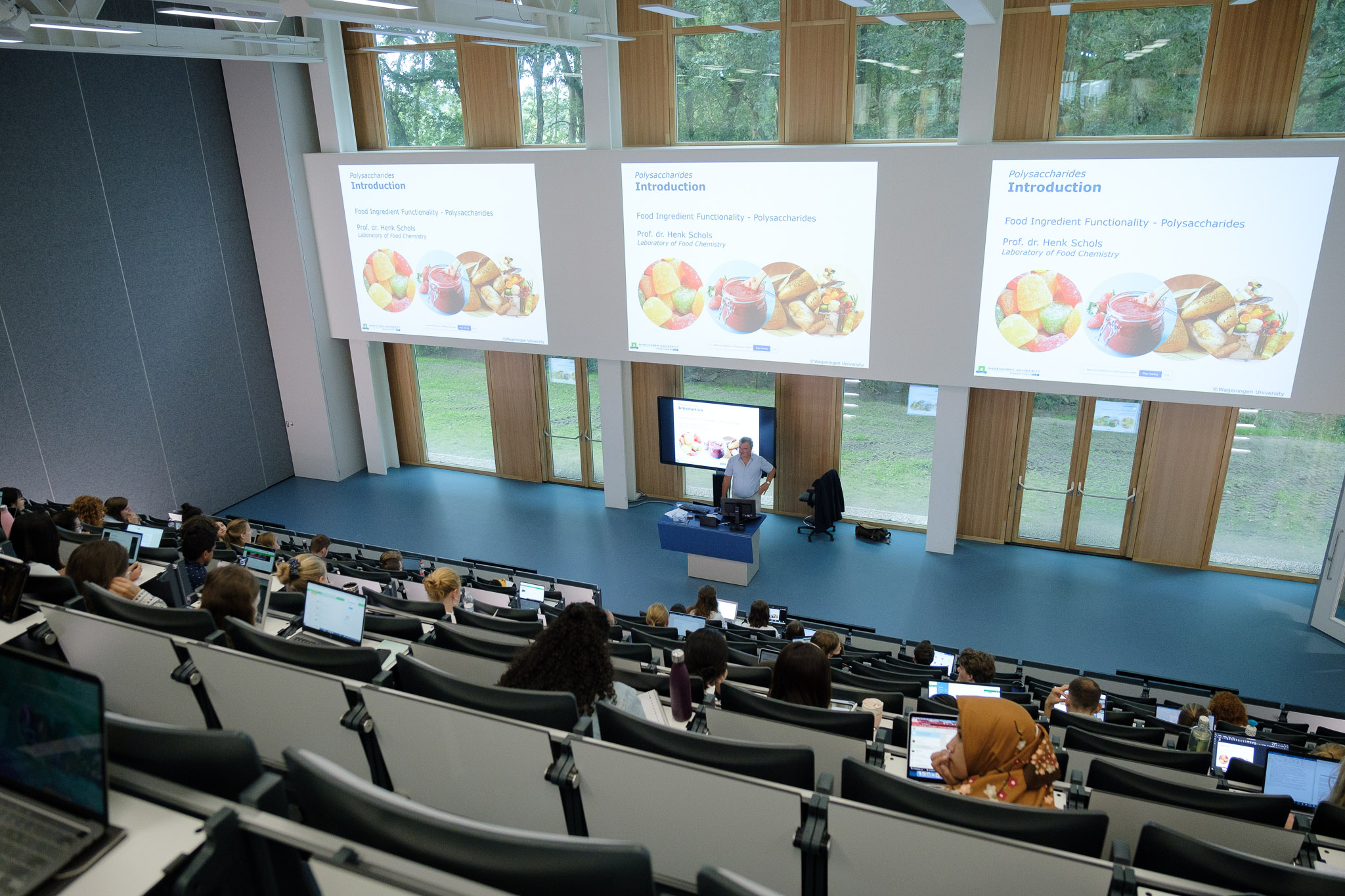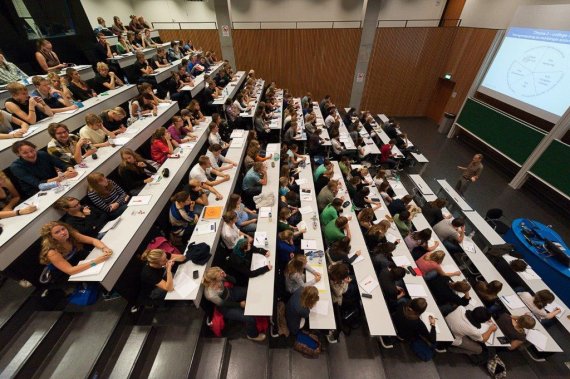When the student loan system was introduced five years ago, it freed up funds that were allocated to universities for improving teaching — in what were known as the ‘quality agreements’. What did those agreements result in for Wageningen? And what should future investments go on? Irene Faas, secretary of the Quality Agreements steering group, reflects on the achievements and looks to the future.
When student grants were abolished in 2018, that was on condition that the money saved by this measure would be invested in education quality. Universities would be able to make their own plans for spending that money over a period of five years. The ‘quality funds’ first became available in 2019 and the funding will stop at the end of 2024. WUR has invested 43.7 million euros in total in the quality of its education.
Wageningen’s investment plans were drawn up in 2018 and 2019 with input from students, staff and the consultative bodies. The aim was to invest the money broadly: from improvements in the provision of small-scale education to the further professionalization of teaching staff, and from extracurricular educational activities such as the student challenges to more and better study assistance. While the basic student grant has since been reintroduced, the Education minister Dijkgraaf promised in the 2022 administrative agreement that the quality funding would continue. And so new plans had to be made for this.
Irene Faas is the secretary of the Quality Agreements steering group. ‘Our task is to make sure the investments are in line with the quality agreements. We are also responsible for the plans for 2025-2030.’ Those new plans are based on the current quality agreements, she explains.
Teaching staff
‘We’ve analysed the impact of the investments and considered what went well and what could be improved,’ says Faas. ‘We discussed our findings with professors, the Student Staff Council and chair groups.’ According to Faas, staff sounded the alarm on a couple of points in these discussions. ‘For example, in the period 2019-2024 5.2 million euros were invested in support and relief for teaching staff. That money went to the science groups, which could then decide what to spend it on.’
Over 5.2 million euros was invested in support and relief for teaching staff
‘The Social Sciences Group, Animal Sciences Group and Environmental Sciences Group mainly used the extra budget to appoint additional staff per chair group or cluster of chair groups.’ When the steering group was drawing up the plans for 2025 and beyond, they considered stopping this investment approach because it was difficult to measure the results, says Faas. ‘But we heard a lot of protests about this decision during the consultation round, which made it clear these investments do indeed deliver results.’
EduHub and Team 1
Plant Sciences (PSG), for instance, set up the Education Support Hub, known as the EduHub for short. Faas: ‘That’s a team of five education support staff. Each period, they are assigned to course coordinators and lecturers teaching large, complex courses. The support staff take over some tasks, such as answering students’ emails, making arrangements for excursions, typing in grades and other administrative and organizational matters. That frees up valuable time for the teachers, which they can spend on answering students’ questions about the course content or on getting their teaching qualification.’
The Agrotechnology and Food Sciences Group (AFSG) spent some of the money on Team 1. Faas: ‘That is a team of teaching staff operating across the chair groups that can be deployed for large-scale practicals. Some chair groups hardly do any teaching in one period, whereas the next period they might be giving practicals for hundreds of students. Individual chair groups don’t have enough staff to cope with these peaks in teaching, but there isn’t enough work outside the peak period to justify appointing extra staff.’
The solution was to jointly appoint extra staff, partly paid from the quality agreement funds allocated to AFSG. ‘Now chair groups can use various Team 1 staff in addition to their own staff to cope with the teaching peaks, thereby keeping the number of students per teacher relatively low.’ Another advantage is that students will repeatedly encounter these teachers, so the teachers will be able to refer students to material from previous courses.
Tackling the work pressure
Back to the quality agreements. More than half the budget for the period 2019-2024 (almost 25.4 million euros) was allocated to the theme of ‘small-scale education’. ‘When the quality agreements were made, the ratio of students to staff was quite high,’ says Faas. ‘There were too many students for the number of teachers and the workload was excessive. The ratio is a lot lower now. That is partly thanks to the extra staff funded by the quality agreements.’
Students say they are more satisfied with the thesis supervision
For example, as part of the focus on small-scale education, 12.7 million euros was invested in improving thesis supervision, explains Faas. ‘Many chair groups took on extra staff for this. In addition, what we call “thesis rings” were set up in which students give one another feedback. That gives the teachers more time for feedback geared to the content. That seems to be producing results: in course evaluations, students are more satisfied with the feedback they get and with thesis supervision in general. So we want to continue this investment in the plans for 2025-2030.’
Dealing with bottlenecks
Some 11.2 million euros went on additional teaching staff for chair groups. To get that money, the chair groups had to submit an application with an analysis of the bottlenecks impeding the provision of ‘good-quality small-scale education’. For example, it might be that the group of students had become too big for one excursion leader to give each student appropriate attention. The application also had to include a proposal on how to tackle the bottlenecks. ‘If the proposal was approved, the chair group got about 30,000 euros a year to work on the bottleneck,’ says Faas. There were two opportunities to submit applications: one in 2019 and one in 2021.
‘While the money ended up where it was needed and was put to good use, this approach isn’t necessarily the fairest way to allocate the funds,’ says Faas. ‘For example, four chair groups had plans approved in both rounds, so they were eventually getting 60,000 euros extra per year. Whereas other chair groups had plans that were rejected both times, so they got nothing.’
Fairer distribution
The plans were rejected for various reasons, says Faas. ‘For example, because 30,000 euros isn’t enough to appoint a full-time extra member of staff. So the chair group would have to invest some of its own money. That isn’t a problem in itself, but not every group can afford it, so some groups were simply not able to submit a good plan.’ People also have different ideas on what constitutes good-quality small-scale education. ‘In some education programmes they wanted to invest in the personal development of students, but that didn’t fit with this investment structure.’
The money will be distributed more fairly
The investment goal — facilitating good-quality small-scale education — will be retained in the plans for 2025-2030, says Faas. ‘But the approach needs to change. That’s one of the most important lessons we’ve learned in the past few years.’
The study programme teams themselves will be responsible for coordinating the new investments, explains Faas. ‘A small sum of money will be allocated to fund the additional coordination tasks. Most of the investment funds will be allocated to the chair groups through the standard funding structure, known as the Brascamp model. In short, the study programme teams will be in charge. This approach will make sure the money is distributed more fairly.’
In addition to the topics of ‘small-scale education’ and ‘further professionalization of the teaching staff’, investments were also made in ‘educational differentiation’, ‘study assistance’ and ‘appropriate facilities’. Read more below the picture.
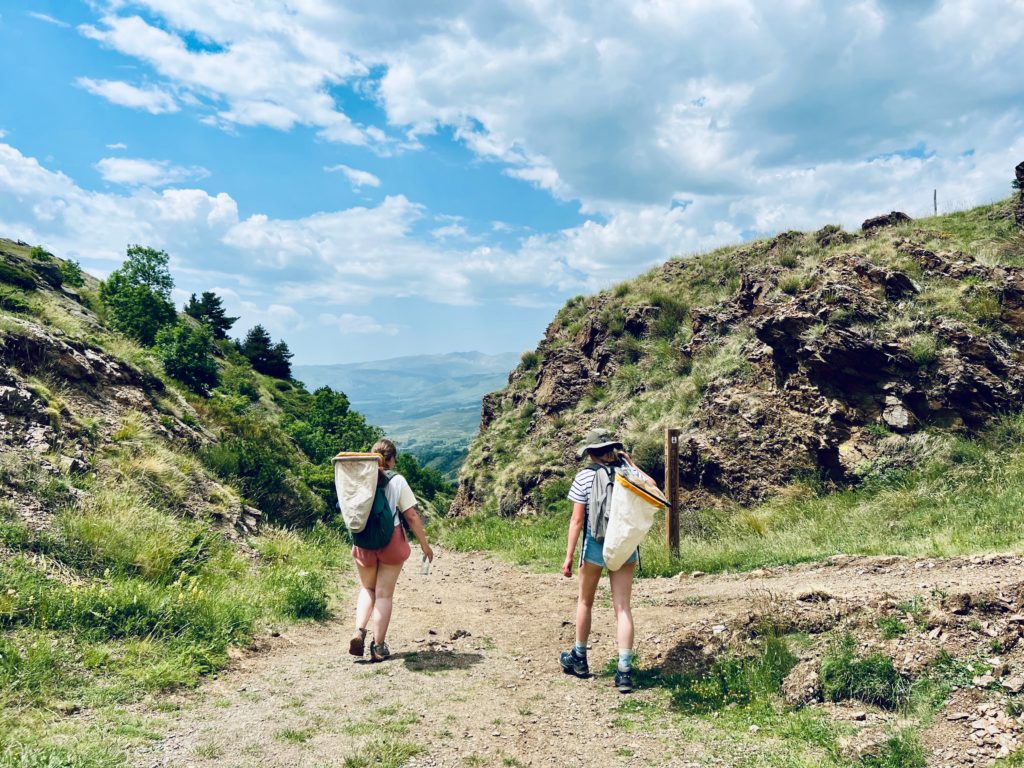
Educational differentiation
A total of over 6.2 million euros was spent on this topic in the period 2019-2024. Some of that money was used to integrate skills training into all the degree programmes, explains Faas. ‘Big investments were made in getting that going properly. That has now been achieved so less money will need to be spent on this in future.’
The investments in Student Career Services, which helps prepare students for the labour market and assists them in finding internships and jobs, will be continued. The student challenges are also covered by the educational differentiation theme, says Faas. Some 20 student challenges have been organized to date, with 3327 students taking part (745 of them from WUR). In the National Alumni Survey of 2021, WUR graduates were asked whether they had ever taken part in a challenge and what their experiences had been. Of the respondents, 8.3 per cent said they had taken part, with 97 per cent of this group finding the experience (very) worthwhile. ‘Such challenges genuinely offer students something extra in their education,’ says Faas. ‘It is also a great advertisement for the university. So we will continue to invest in this.’
Study assistance
About 4.4 million euros was invested in the topic of study assistance in the period 2019-2024. Additional study advisers were appointed, a campaign was started to teach students how to deal with stress and the Kickstart Social Fund was set up; this is a fund students can apply to for money to organize social events. Additional student psychologists were taken on too, which led to a substantial decline in the waiting list to see a psychologist in the course of 2023.
‘These investments will largely be continued in the new plans,’ says Faas. ‘However, we will be taking a smarter approach to the investments. At present, we have a number of different projects. Because they are officially separate projects, each project has to be reported on individually for accountability purposes. So we will be combining those projects in the new plans.’
Appropriate facilities
The portion of the 2019-2024 quality funding that was earmarked for ‘appropriate facilities’ (864,000 euros) was used entirely for the implementation of the Bring Your Own Device project. In that project, computers were removed from campus and replaced by an app store with the software students need. ‘Among other things, the money was used to make sure students had access to good, affordable laptops,’ says Faas.
Money will be available for facilities in the new plans too. That money — 735,000 euros — will be invested in new teaching facilities for the Landscape Architecture & Spatial Planning and Biosystems Engineering degree programmes. The Landscape Architecture & Spatial Planning design studios are currently too small to accommodate the growing student numbers; the money will be used to renovate and modernize the studios. Biosystems Engineeringhas plans to set up a new engineering laboratory.

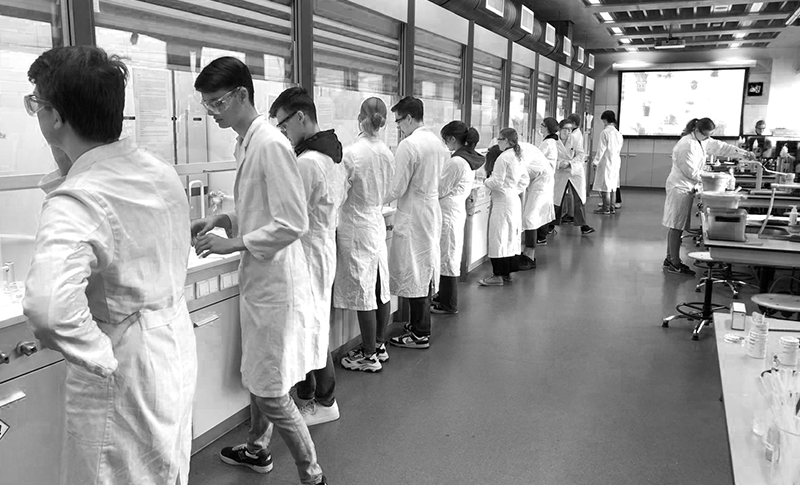 Students using fume cupboards in a practical. The ratio of students to staff has fallen in large practicals like this thanks to Team 1, a team of teaching staff operating across chair groups in AFSG that is paid for using the quality agreements funding. Photo Ruud Spruijt
Students using fume cupboards in a practical. The ratio of students to staff has fallen in large practicals like this thanks to Team 1, a team of teaching staff operating across chair groups in AFSG that is paid for using the quality agreements funding. Photo Ruud Spruijt 